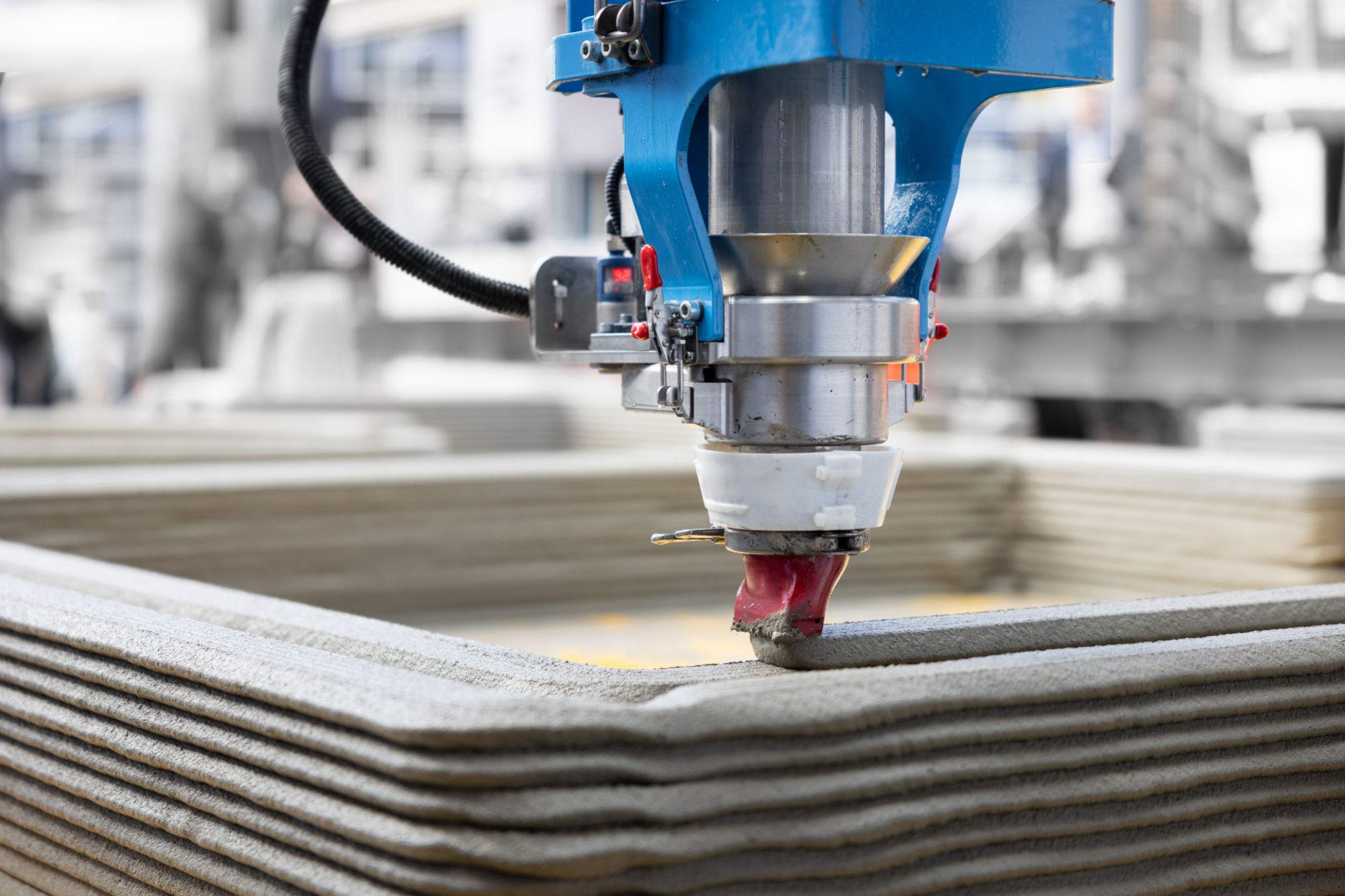How Sustainable Metal Fabrication is Shaping Modern Architecture
The Rise of Sustainable Metal Fabrication
In recent years, sustainable practices have become integral to the development of modern architecture. Among these practices, sustainable metal fabrication stands out as a key contributor to environmentally conscious design. By using recycled materials and innovative fabrication techniques, architects are able to create structures that are both aesthetically pleasing and environmentally responsible.
Metal fabrication traditionally involved processes that were energy-intensive and produced significant waste. However, advancements in technology and a shift towards sustainability have transformed this industry. Today, more and more projects are utilizing recycled metals, reducing the need for raw material extraction and minimizing environmental impact.

Innovative Techniques in Metal Fabrication
Modern architects are employing cutting-edge techniques to enhance sustainability in metal fabrication. One such approach is the use of computer-aided design (CAD) and computer-aided manufacturing (CAM) technologies. These technologies allow for precise cutting and shaping of metals, which not only reduces waste but also increases efficiency.
Furthermore, the adoption of 3D printing in metal fabrication has opened new possibilities for design and construction. This technique enables the creation of complex metal structures with minimal material wastage. As a result, architects can experiment with intricate designs while maintaining a commitment to sustainability.

The Environmental Benefits of Recycled Metals
Recycling metals offers numerous environmental benefits that contribute to sustainable architecture. By repurposing existing metals, energy consumption is significantly reduced compared to the production of new metals. This practice also decreases greenhouse gas emissions, which are a major contributor to climate change.
Additionally, using recycled metals helps conserve natural resources. Metals like aluminum and steel are finite resources, and their extraction can be harmful to the environment. By recycling, we can preserve these resources for future generations while still meeting current architectural demands.

Challenges and Opportunities
Despite the clear advantages, sustainable metal fabrication does present certain challenges. One of the primary obstacles is the initial cost associated with adopting new technologies and processes. However, these costs are often offset by the long-term savings in energy and material expenses.
Moreover, there is a growing demand from consumers and stakeholders for sustainable building practices. This demand provides an opportunity for architects and builders to differentiate themselves by prioritizing sustainability in their projects. As awareness of environmental issues continues to rise, the market for sustainable architecture is expected to grow significantly.
The Future of Sustainable Metal Fabrication
The future of architecture is undeniably intertwined with sustainable practices, and metal fabrication plays a crucial role in this evolution. As technology continues to advance, we can expect even more efficient and eco-friendly methods to emerge. These innovations will likely lead to increased adoption of sustainable practices across the industry.
By embracing sustainable metal fabrication, architects can design buildings that not only meet the aesthetic desires of their clients but also align with global efforts to protect our planet. In this way, sustainable metal fabrication is not just shaping modern architecture—it is shaping a better future for us all.

